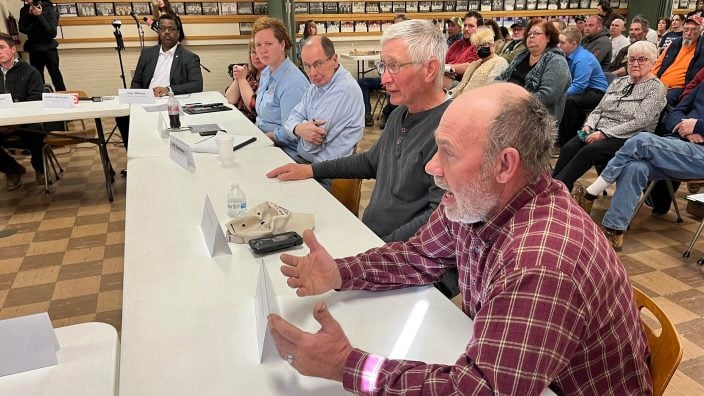Unusually early harvest putting Ohio produce growers in a pickle
An unusually warm February and March has Ohio produce crops maturing ahead of schedule, which impacts u-pick operations.
Read MoreThe meeting brought together Ohio Department of Agriculture Director Brian Baldridge, the governor’s team, scientists from Ohio State, representatives from Ohio and U.S. EPA, SWCD, USDA, county and state officials, and more than a dozen farmers for a frank discussion on where things stand today.
Milk leaves Scott Lindsay’s Pine Hill Jersey Farm every day like clockwork, on its way to be made into cheese that is sold throughout the country.
The trucks carrying his life’s work have continued to roll away from the farm in the wake of the Feb. 3 Norfolk Southern train derailment in East Palestine, four miles from his business. Everything is operating as normal and on time, he said. The Columbiana Farm Bureau member’s cows, by all accounts, are perfectly fine as well.
And still.
“I live in fear that I’m going to get that call (from his distributor) and they say, ‘in an abundance of caution we can’t take delivery…’” he said, letting the thought that is on many farmers’ minds trail away.
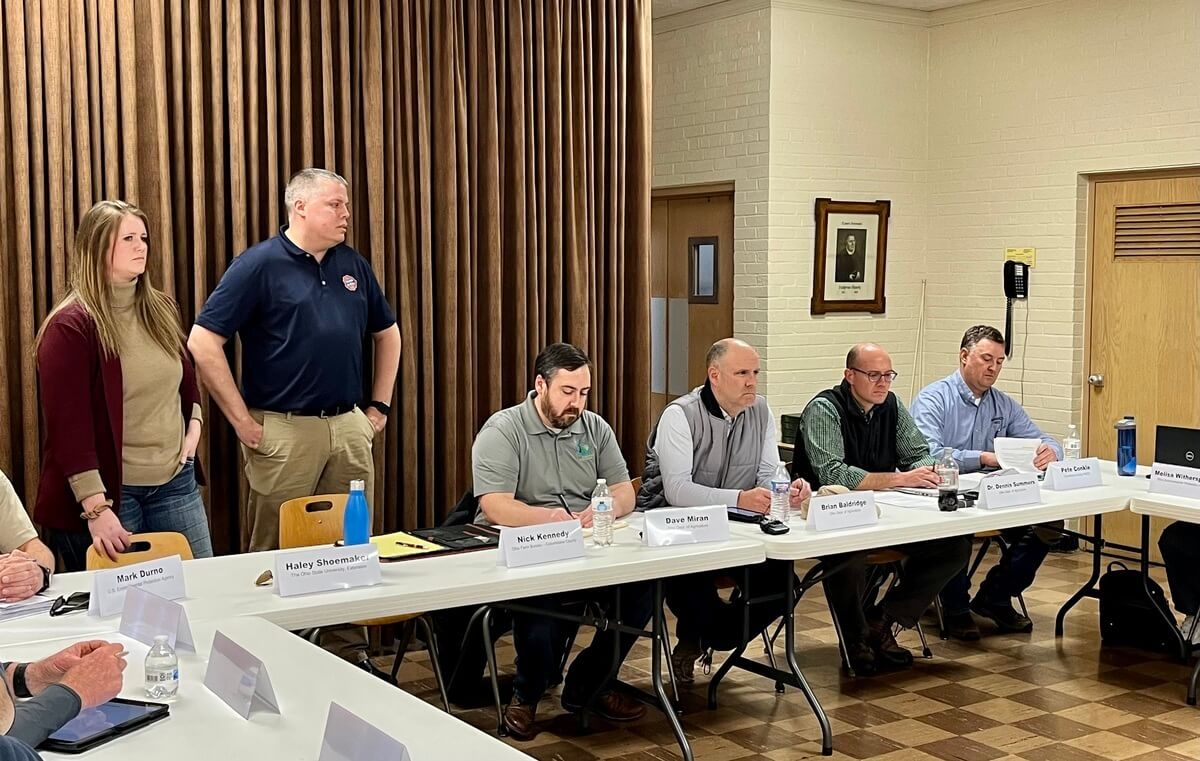
As fears from farmers mounted in the weeks following the train derailment that rocked northeast Ohio and grabbed the attention of the nation, Columbiana, Mahoning, Portage and Stark counties Organization Director Nick Kennedy and Ohio Farm Bureau lobbied local, state and federal authorities to listen to members about the need for water and soil testing, as well as their significant concerns about market share loss based on consumer perception and the upcoming planting season following a very mild winter.
Gov. Mike DeWine’s administration listened. A packed roundtable meeting March 9 in Salem, helmed by Ohio Department of Agriculture Director Brian Baldridge, a farmer himself, brought together the governor’s team, scientists from Ohio State University, representatives from Ohio and U.S. Environmental Protection Agencies, Soil & Water Conservation, USDA, county and state officials, and more than a dozen farmers for a frank discussion on where things stand today. An audience of at least 50 people observed the roundtable discussion, as well as multiple media outlets.
What they heard was, as quickly as possible, soil and water tests are being developed and conducted, site run-off monitoring is taking place, and livestock have shown no signs of illness or lingering effects from the aftermath of the derailment itself or the chemical burn-off that followed.
State Veterinarian Dr. Dennis Summers, who has been in constant contact with ODA, his counterpart in Pennsylvania, meat inspectors, farmers and local veterinarians, emphasized that he has had “zero reports” of livestock illnesses from the event.
“There has been nothing since the derailment to support that our food safety supply has been compromised. None,” he said, noting that what is being posted on social media is “dis-information.”
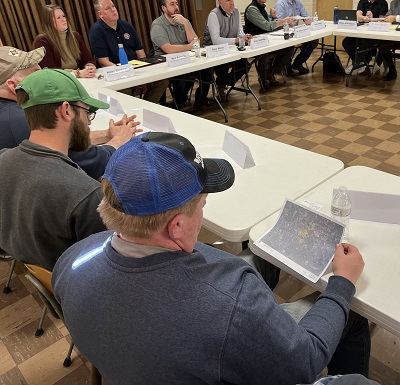
Mark Durno from U.S. EPA talked about the soil sampling program, both on what can still be detected on the ground and what is up to six inches below, that began March 9. As many as 300 areas will be tested for various toxins, focusing on semi-volatile-organics, dioxins and pyrans. Initial results will be ready in 7-12 days after the tests are conducted, he said.
Those results will be disseminated through trusted partners, including Ohio Farm Bureau, Baldridge said.
Ohio Farm Bureau District 9 State Trustee Danielle Burch, a Columbiana County farmer, said the productive roundtable discussion underscored that “ag is a general driver of the economy and important in our area. The governor, ODA, understand that and hear our concerns. They are working (on answers).”
Ensuring the continuation of a safe food supply and robust farm economy is top of mind for Governor DeWine and ODA, Baldridge said.
“That is the reason this meeting took place,” Kennedy said. “These are real concerns. Farm Bureau brought these entities together to let farmers and consumers know that their concerns are being heard and addressed.”
In the end, Lindsay said he felt heard after the meeting.
“I feel much better,” he said. “I know that people are working on the answers. We’re not there yet, but we’re getting there.”
Feature image caption: From left State Trustee Danielle Burch (blue shirt), and Columbiana County Farm Bureau members Phil Greenisen, who is the policy chair on the Columbiana County Board of Trustees; Tom Richey and dairy farmer Kevin Baker (speaking).
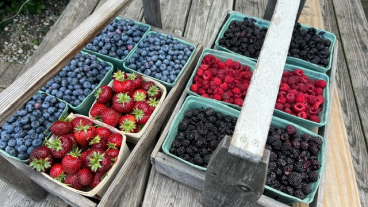

An unusually warm February and March has Ohio produce crops maturing ahead of schedule, which impacts u-pick operations.
Read More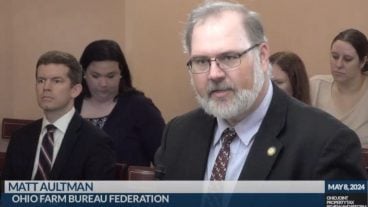
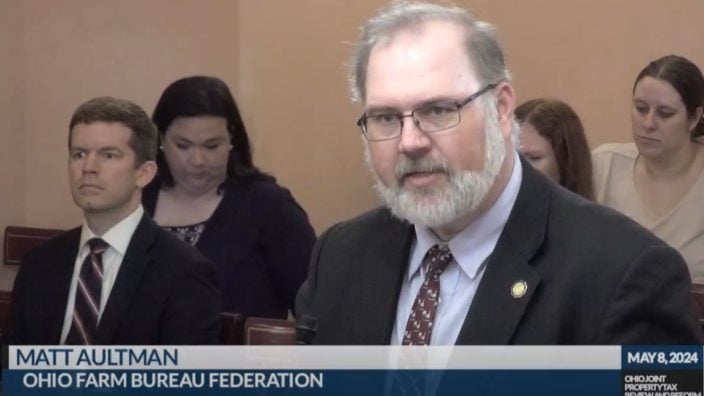
During his testimony, Aultman added that ensuring that agricultural property is valued for its agricultural potential and not development is critical to the continued success of Ohio agriculture.
Read More

The emergency fuel waiver to allow the sale of summer gasoline blends containing 15% ethanol will lengthen the period during which Americans can continue buying E15 from June 1 to Sept. 15.
Read More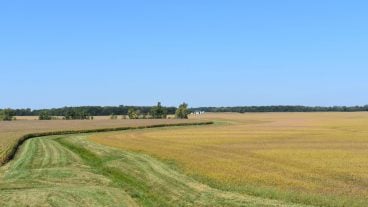
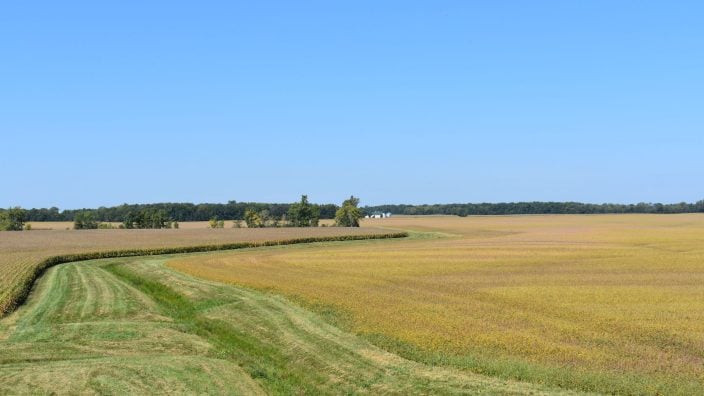
Ohio Farm Bureau 2024 priority issues focus on business climate, regulatory environment, preserving Ohio’s farming heritage, healthy rural communities, and grassroots advocacy.
Read More

The law requires most businesses to report information about their beneficial owners, and the intent is to try to make it harder to illegally hide assets and commit financial crimes.
Read More

This allows for limited sale and distribution of dicamba OTT products that were already in the possession of growers or in the channels of trade and outside the control of pesticide companies as of Feb. 6, 2024.
Read More

Data shows there are fewer farms in the United States, yet more new, beginning and young farmers.
Read More

How will this impact Ohio farmers and what can be done to allow for use of the products that have already been purchased?
Read More

American Farm Bureau President Zippy Duvall stressed that it is imperative EPA expeditiously provide clarity to farmers and asked the agency to issue an existing stock order.
Read More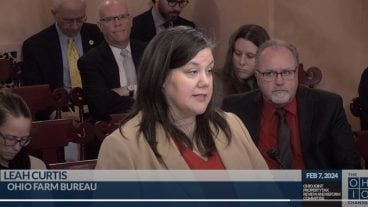
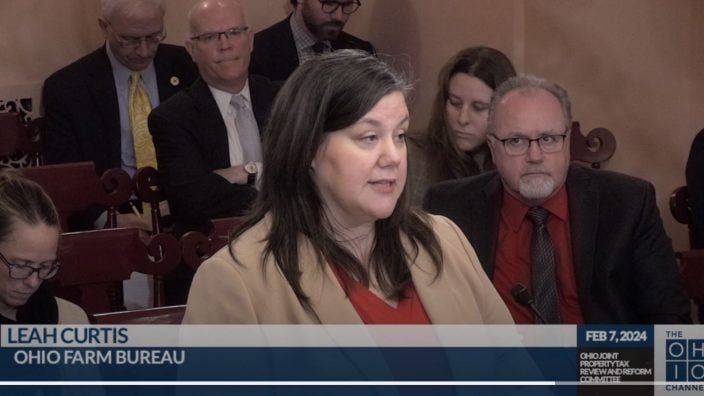
farmers are happy with the purpose and philosophy of the CAUV program, but all would prefer some more predictability in their values and more importantly, their tax bill.
Read More